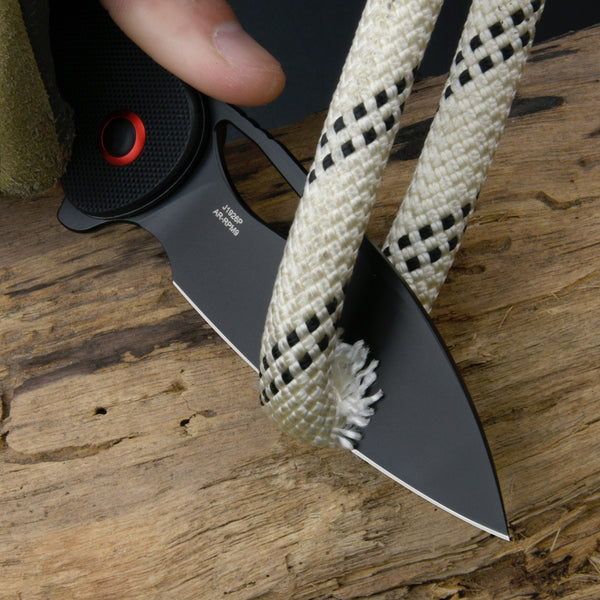When it comes to selecting the right blade for your project, the Wharncliffe blade is a popular choice due to its unique design and functionality. Whether you are a seasoned craftsman or a novice DIY enthusiast, understanding the key factors in choosing the perfect Wharncliffe blade is essential for the success of your project.
Understanding the Wharncliffe Blade
The Wharncliffe blade is characterized by its straight edge and a spine that tapers gradually to meet the point of the blade. This design results in a strong and durable blade that is ideal for precision cutting and slicing tasks. The straight edge of the blade allows for maximum control and accuracy, making it a versatile tool for various projects.
Factors to Consider
When choosing a Wharncliffe blade for your project, there are several factors to consider to ensure that you select the perfect blade for your needs. One of the most important considerations is the material of the blade. High-quality steel, such as stainless steel or carbon steel, is essential for durability and longevity.
Another crucial factor to consider is the blade length. The length of the blade should be chosen based on the specific requirements of your project. For detailed and intricate tasks, a shorter blade may be more suitable, while larger projects may require a longer blade for efficiency.
Choosing the Right Handle
In addition to the blade itself, the handle of the Wharncliffe blade is an important consideration. The handle should provide a comfortable and secure grip to ensure safety and precision during use. There are various handle materials to choose from, including wood, plastic, and metal, each offering different levels of comfort and durability.
Application of the Wharncliffe Blade
The Wharncliffe blade is well-suited for a wide range of applications, including woodworking, leatherworking, and general utility tasks. Its straight edge and sharp point make it an excellent choice for tasks that require controlled and precise cutting, such as carving, slicing, and trimming.
Whether you are working on a DIY project at home or a professional woodworking task, the Wharncliffe blade offers the versatility and reliability needed to achieve exceptional results.
In conclusion, choosing the perfect wharncliffe blade for your project requires careful consideration of the blade's design, material, handle, and intended application. By understanding these key factors, you can make an informed decision that will enhance the quality and efficiency of your work. With its unique features and practicality, the Wharncliffe blade is a valuable tool for craftsmen and hobbyists alike.
